
Quest for tractor barn leads to elegant event venue in Odenville
Story by Jackie Romine Walburn
Photos by Graham Hadley
and Sweet Life Photography – Stefanie Knight and Lauren Hudson Photography
Contributed photos
It may have been fate or divine guidance, or both, that brought Steve and Desa Osborn to St. Clair County and a life-changing land purchase.
Either way, when the Osborns found 26 acres in Odenville perfect for building a barn for Steve’s tractor, Matilda, and an eventual back-to-the-country home, they also discovered a dream avocation as proprietors of a rustically-elegant event venue called Red Gates at Kelly Creek.
“God paved the path,” Desa says, looking back at the whirlwind transformation of the once overgrown land in the shadow of Taylor Mountain, named for the St. Clair family that once farmed the land.
The adventure began with finding the land – when machetes were needed to hack through the overgrowth to find the remnants of an old barn, a leftover pecan orchard, an original hand-dug well and two ponds.
As the Mountain Brook couple began making plans for Matilda’s barn, another search altered those plans. Their son Stefan Osborn and fiancée Mary Vlasis were planning a May 26, 2017 wedding and looking for a unique venue to host an after-rehearsal dinner.
After visiting venues – including the iron and wood-filled Iron City Birmingham in Southside — and finding venue-only fees costing up to $10,000, the Osborn family decided to build their own rustic iron and wood venue.
Today, a two-story 65,000-square-foot timber frame barn rises proudly to center the landscaped grounds, a veteran now of weddings and parties – including the first event that started it all, Stefan and Mary Osborn’s after-rehearsal dinner. Already booked through May of 2019, Red Gates at Kelly Creek has 28 weddings on the 2018 calendar, plus a charity function for a nonprofit foundation dear to the Osborns.
With a full caterer’s kitchen with a separate entrance, the venue can host 50 to 300 people. Folks were visiting and signing up even before the sawdust was swept up, Steve says. And, Red Gates at Kelly Creek – named for the red gates Desa wanted instead of the ordinary silver ones plus its location at 2800 Kelly Creek Road – has been busy ever since.
The journey from beginning construction in February 2017 to the first event three months later combined Steve Osborn’s design and construction knowledge with Desa’s eye for decorating and quality wood building materials plus the artistry and knowhow of timber frame builder, Joe Dick.
An environmental consultant who grew up near Florence helping his father build and fix whatever the large family needed, Steve Osborn designed the two-story timber frame barn. “I knew what I wanted, but I also knew enough to know when to hand it off to an expert,” he says.
That expert, Joe Dick Framing of Helena, brought in a mini-mill to cut timbers that were joined with notches and bolts and to mill the pecan wood, which came straight from the Red Gates land and was used as treads on the two staircases. Poplar milled on site was used for the vanity tops in the bathrooms. The crew welded the iron railing pieces on site, too.
 Desa, who was Desa Lorant when she attended Berry High school in Birmingham, called on the building materials expertise she learned during her 28 years working at Birmingham International Forest Products.
Desa, who was Desa Lorant when she attended Berry High school in Birmingham, called on the building materials expertise she learned during her 28 years working at Birmingham International Forest Products.
She and Steve knew exactly what posts and beams and lumber they wanted where. “We were always going to build a barn,” Desa says, “but not this big of a barn.”
From Joseph Lumber Company in Columbiana, they got the 10 sturdy 22-to-24-inch-caliper Southern Yellow Pine posts that hold up the towering barn, plus the beams and lumber. The exterior of Cypress board and batten siding came from a south Alabama mill, fully treated and stained using Q8 log oil.
Two staircases with the pecan wood treads and iron railings lead to a wraparound loft upstairs. A chandelier centers the barn’s open area, and another chandelier hangs on the covered porch area, just above where Maltilda, the Mahindra tractor, often occupies an honored place.
Tied together with shiny concrete floors inside and handmade benches dotting the porch area that’s cooled with ceiling fans, the rustic barn has ladies’ and men’s restrooms. As a plus, it features comfortable getting-ready rooms for the bridesmaids and the bride, each filled with antique furniture handed down from Steve and Desa’s families.
So far, about half the couples opted to be married inside the giant barn and the other half outside, where an arbor, a handmade mantle, the stocked pond and the chandeliered porch area are available as backdrops. Highlights on the grounds include a fire pit surrounded by Adirondack chairs, a lighted horseshoe pit, a flower garlanded tree swing and the small garden shed built with materials salvaged from the old tumble-down barn which stood 200 years on the site where the new barn was built.
They are still adding on. Steve is building a small groom’s cabin with a porch so the fellows have a place to dress, too.
Nature provides other backdrops for vows and pictures, including the lighted pecan trees that are producing nuts again, resurrection ferns and wild garlic native to the place.
One event circled in red on the Red Gates calendar is a benefit for the Clayne Crawford Foundation, a nonprofit supporting children, women and veterans founded by the Clay, Ala. actor and director. It’s the second benefit hosted at Red Gates for the Foundation founded by Crawford, star of the Lethal Weapon television series and the 2002 movie, A Walk to Remember.
A Pig Out Picnic Barbecue and Benefit – complete with pig roasting in the ground – was held in May at Red Gates at Kelly Creek. Desa serves on a Foundation committee, and both strongly support the Foundation’s projects, particularly the community work of The Music Room in Leeds that offers music therapy classes for autistic children. The Music Room also partners with the Autism Society of Alabama on “Inclusion Through Music,” a June camp that serves autistic children.
Ever since the young married Osborns moved from a rural area near Wilsonville back to Desa’s hometown, settling in Mountain Brook, they were always going to move back to the country, where Steve is happiest, Desa says. The search for their country place intensified as their son Stefan and daughter Kristina, who now lives in Gadsden, finished school.
Now, they talk about where on the property to build their retirement home when the time comes. Perhaps by the pond that’s stocked with Florida hybrid bass and Copper Nose Bluegill? Or on the other side of the pond at the tree-shaded foot of Taylor Mountain? They will decide eventually.
They both still work full time while managing and building their new thriving business.
But, they know that after years of searching, they’ve finally found what they were looking for – a picture perfect place where they can do what they love doing, together.













 “Compiling ideas was somewhat a labor of love,” says Dave, who was the contractor for the building process that stretched to three years, from planning to move-in in mid-October of 2017. The building of their first home after 11 years together brought to life long-saved ideas. “Yes, there was a wish list,” Dave smiles, “and she got all of it.”
“Compiling ideas was somewhat a labor of love,” says Dave, who was the contractor for the building process that stretched to three years, from planning to move-in in mid-October of 2017. The building of their first home after 11 years together brought to life long-saved ideas. “Yes, there was a wish list,” Dave smiles, “and she got all of it.” The home’s handmade-by-Dave custom items also include the 13-inch curved Cove top molding in the kitchen, lighting fixtures in the great room and several bathrooms that were made from candle holders bought from Hobby Lobby, the candelabra light fixture over the kitchen’s island that is hand crafted with black iron trivets, the full-size bed swing in the middle of the Witches Hat screened area and a cut-stone floor air vent solution between the great room and kitchen.
The home’s handmade-by-Dave custom items also include the 13-inch curved Cove top molding in the kitchen, lighting fixtures in the great room and several bathrooms that were made from candle holders bought from Hobby Lobby, the candelabra light fixture over the kitchen’s island that is hand crafted with black iron trivets, the full-size bed swing in the middle of the Witches Hat screened area and a cut-stone floor air vent solution between the great room and kitchen.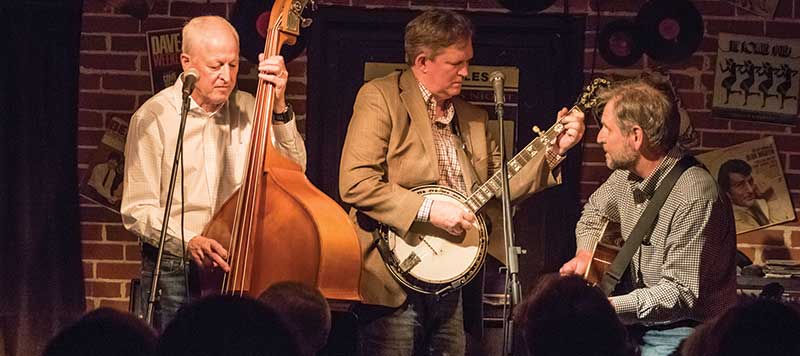
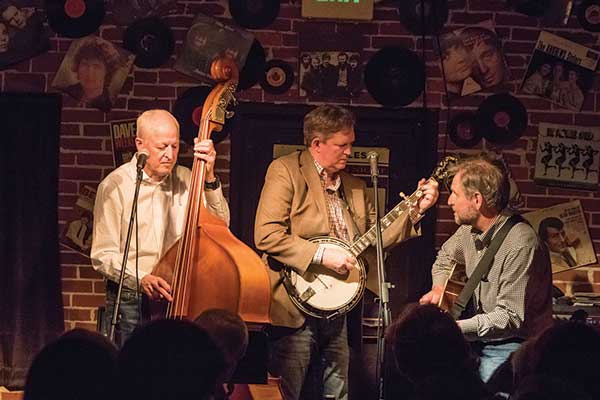
 “Bobby got his wish – sort of,” Dollar says.
“Bobby got his wish – sort of,” Dollar says. “You can hear them smile,” Dollar says. “You can hear them cry. You can feel it. It’s palpable. The emotional connection that you have with your audience, you feel it, they feel it.”
“You can hear them smile,” Dollar says. “You can hear them cry. You can feel it. It’s palpable. The emotional connection that you have with your audience, you feel it, they feel it.”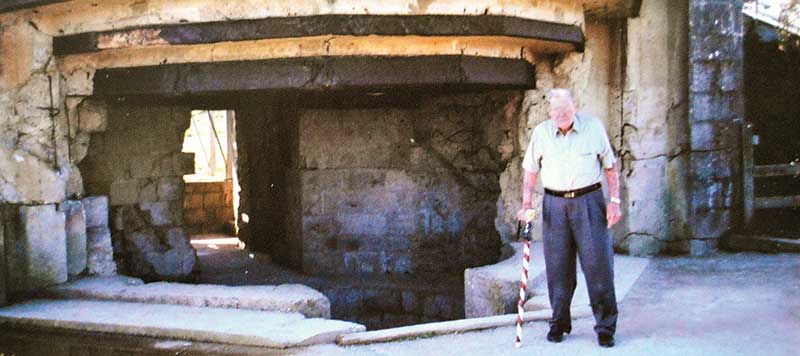
 Tales of survival from Omaha Beach
Tales of survival from Omaha Beach “Because the weather was so bad that week,” Hilman explains, (German Field Marshal) Rommel had left the area to attend his wife’s birthday party, thinking we couldn’t land with that kind of weather. The Germans needed aggressive field leadership, and with Rommel gone, they were left without.”
“Because the weather was so bad that week,” Hilman explains, (German Field Marshal) Rommel had left the area to attend his wife’s birthday party, thinking we couldn’t land with that kind of weather. The Germans needed aggressive field leadership, and with Rommel gone, they were left without.”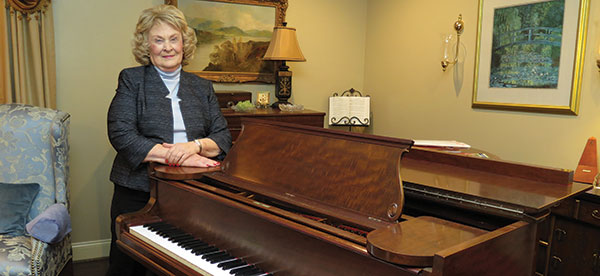
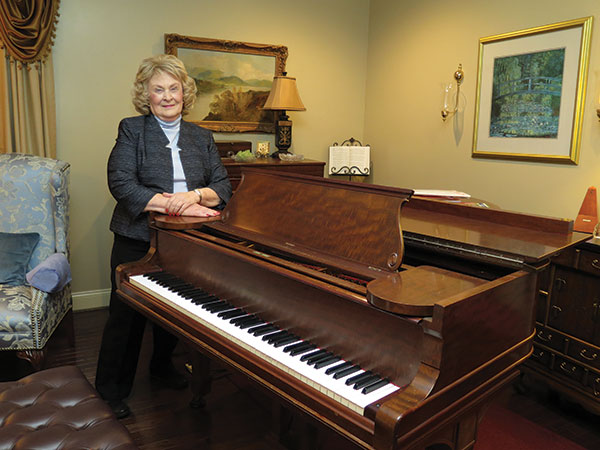
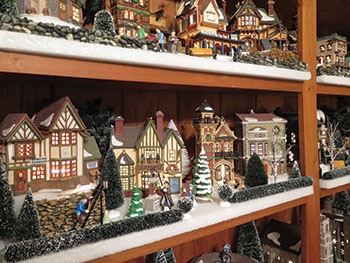 Just ask Harry Charles McCoy of Pell City.
Just ask Harry Charles McCoy of Pell City.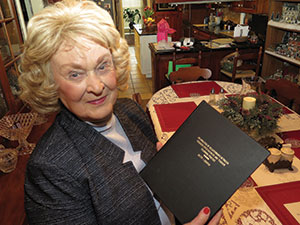 “I’m a planner. … I got that from my parents: No matter what you do, you’re supposed to be prepared,” she said. “… To accomplish anything, you have to set goals and then take steps to achieve these goals. I feel that a good place to begin is in God’s Word.”
“I’m a planner. … I got that from my parents: No matter what you do, you’re supposed to be prepared,” she said. “… To accomplish anything, you have to set goals and then take steps to achieve these goals. I feel that a good place to begin is in God’s Word.”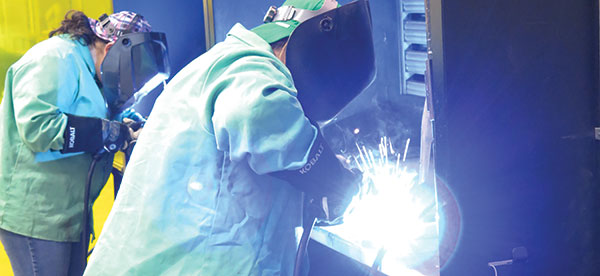

 “My own personal plan is to start at an entry-level position, then I want to go back to take more classes to get more certification.”
“My own personal plan is to start at an entry-level position, then I want to go back to take more classes to get more certification.”